Description
I have had many people looking to buy whole suri fleeces for use as doll’s hair. Most times they just order a fleece and in discussions with them I find they are wanting to use it for doll’s hair. Selecting a fleece for doll’s hair is not as simple as just buying any fleece.
Things to note:
- Length – most want as long as possible for doll’s hair. While this is achievable, be aware that suris grow about 15 cm of fleece a year, less as they get older. 25 cm fleece comes from an animal at least 18months old and 35-40 cm locks from an animal over two years of age. Because the fleece has been on the animal for so long, it is more likely to be tender – through changing environmental conditions and weathering. Long locks are very difficult to comb from one end to the other (just like very long human hair) especially if fine. The longer the fleece the more wastage there will generally be. Sometimes a fleece may seem very sound through the sorting and washing processes and only shows it is tender when combing.
- Fineness – most requests are for fine hair. In our herd fine fleeces are in the 17-20 micron range, which is much softer and silkier than the corresponding micron in sheep or angora. Through experience, I have found the best fleeces to use for doll’s hair are in the 22-30 micron range. There is more wastage, tangles and propensity to felt the finer the fleece. Generally the higher micron fleeces, being from older animals, are not as long (150-180 mm).
- Locking – locks are very important for doll’s hair as it allows the fleece to be sorted into bundles for washing and combing. A fleece without locks is almost impossible to sort. Even with a very well-locked fleece, there will be parts of it that cannot be used. Once combed, the locks, of course are irrelevant.
- Raw Fleece attracts moths! – for some reason, moths are far more attracted to raw/dirty alpaca than sheeps wool. If you buy a whole fleece to use for doll’s hair, it will take some time to get through it. I recommend the fleece be sorted and bundled and either washed before storing, or stored in plastic bags that can be checked and be regularly sent for a holiday in the freezer. Keep raw alpaca separate from the rest of your stash. Keep plastic bags in a cool place so the fibre does not sweat, which can lead to tenderness.
If the description of the fleece in the store does not include doll’s hair as a suitable use, it probably isn’t wise to purchase it for doll’s hair! Either select a fleece that specifies suitable for doll’s hair, or contact me to see if I have any suitable raw fleece available. Also be aware that although fleeces are tested for soundness, sometimes it is not until the locks are washed and combed that weakness in the fibre is identified.
Because of the above issues, I am always looking to select fleeces that may be suitable for doll’s hair, and those fleeces that meet all the criteria are made available in this store (see the Doll’s Hair tab). I can provide bundles of raw sorted fleece, washed bundles, through to combed locks ready to use. Each stage of processing (sorting, washing, combing) results in an increase in cost. All suri fleece sold for doll’s hair (including raw fleece bundles) has been tested to ensure it combs through without too much breakage. Some very long hair is sold in uncombed locks which dollmakers separate with their hands into clumps to reroot, rather than trying to run a comb through the entire length.
So, if you are looking for suri fleece for doll’s hair, be aware of the issues above when making your selection, or purchase fleece from the Doll’s Hair section of the store to be confident it will meet your needs. Feel free to contact me with any questions.



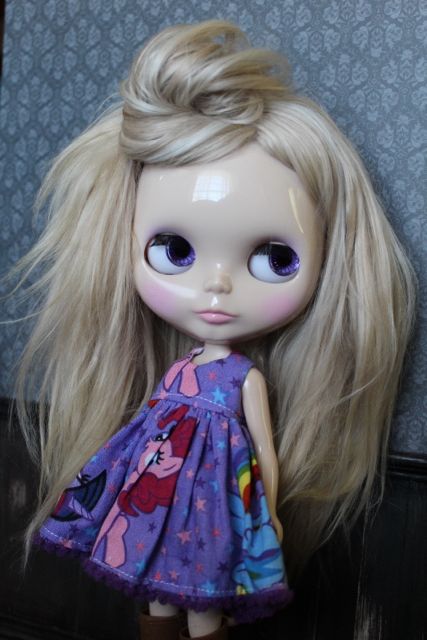




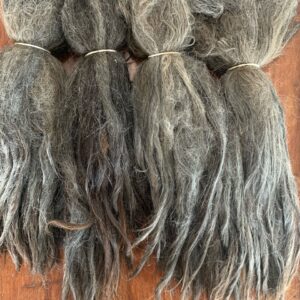
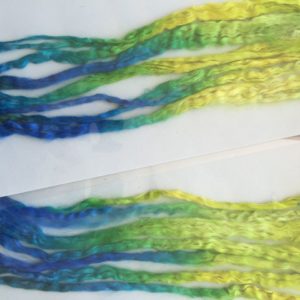
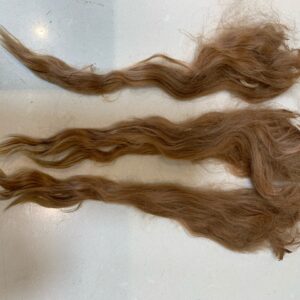
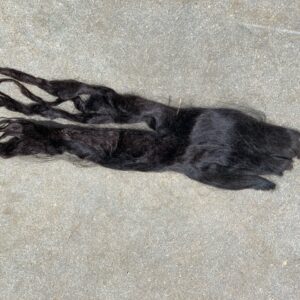
Reviews
There are no reviews yet.